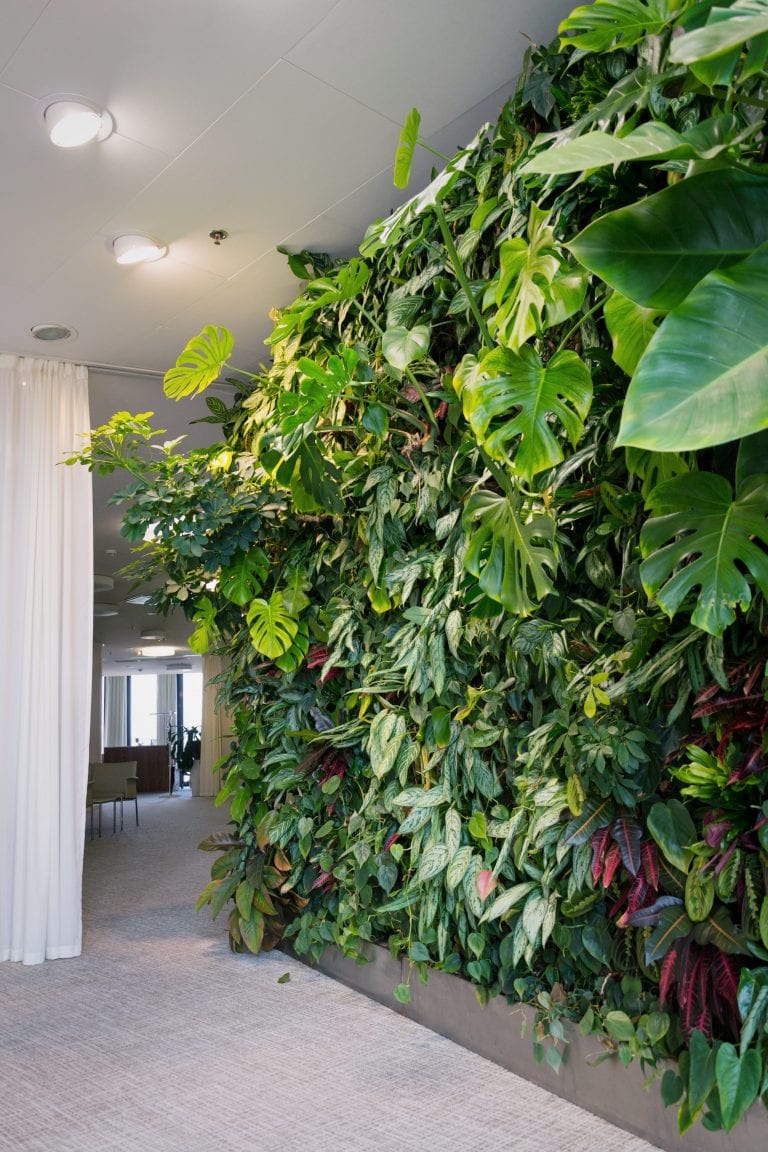Challenge
What is a Challenge?
Our industry and communities face challenges that need to be overcome as we work to build a sustainable built environment. At UKGBC we want to understand these challenges better, so we can help our members find or develop the solutions to them.
Through UKGBC’s project and programme work, as well as through our Solutions & Innovation workstream, many such solutions are regularly identified. UKGBC members are welcome to submit challenges they are coming up against in their work via the form below, and UKGBC may be able to make connections to relevant solution providers or run a challenge call-out, as seen in the examples below.

Solutions from previous time-bound challenges
Innovation Insights: Nature-Based Solutions & Climate Resilience
Solutions to enable the local implementation of nature-based solutions and enhance climate resilience through retrofit.

Innovation Insights: reducing operational carbon
Solutions to reducing operational carbon gathered through a new crowdsourcing process

Innovation Insights: Making space as agile as Technology
How can we make space as agile as technology? This was one question UKGBC posed…

Filter
Future opportunity
Submit a Challenge
As we work to build a sustainable built environment, our industry and communities will face…
Ongoing Challenge

